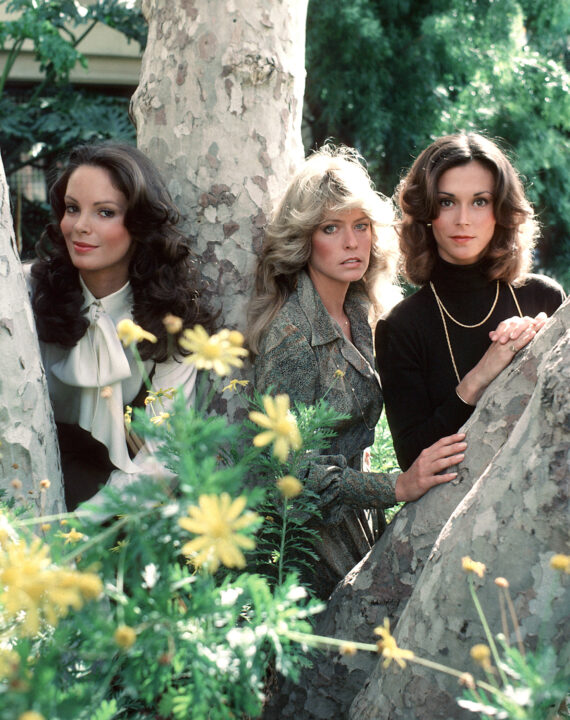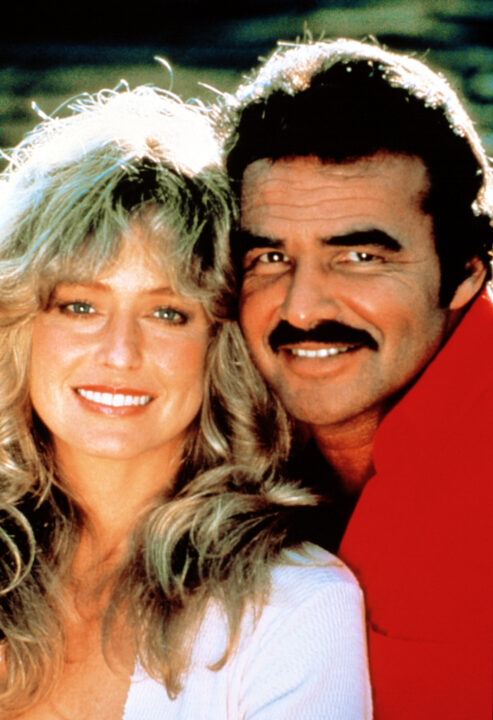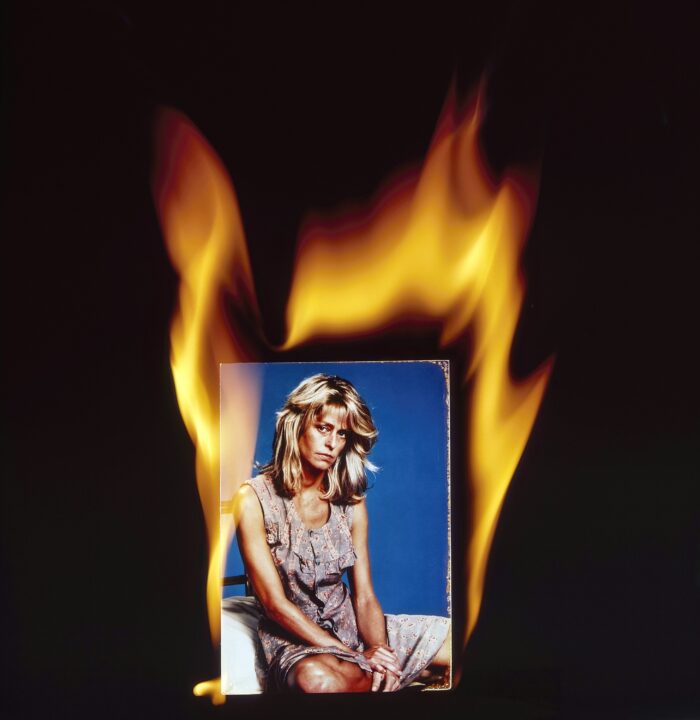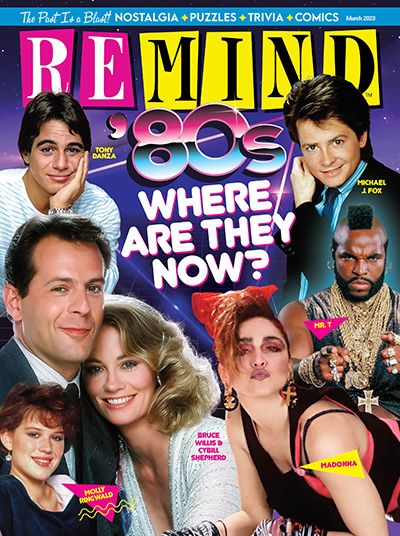How ‘The Burning Bed’ Changed Farrah Fawcett’s Career

It’s not an exaggeration to say that The Burning Bed changed history. When this made-for-TV film first aired on October 8, 1984, it marked the first time the grim, terrifying reality of domestic violence had ever been depicted on television. The movie led to increased understanding, activism and even eventual changes in US law.
At least some of this massive impact can be attributed to Farrah Fawcett‘s harrowing performance as Francine Hughes, a real-life domestic violence victim who was terrorized so badly by her husband she eventually burned him to death in his sleep. A jury later found her not guilty by reason of temporary insanity. The film was many Americans’ first experience learning about domestic violence; Fawcett’s searing performance conveyed the seriousness of a crime that was, up until that time, largely dismissed by police as “a family matter.”
At the time, Fawcett was not an obvious choice for such a serious film. She had come to prominence in the mid-’70s due to the one-two punch of her role as private investigator Jill Monroe on the hit show Charlie’s Angels, and her famous red swimsuit poster, which sold over 12 million copies. Though the two things made Fawcett a star, she was concerned that her career was going in the wrong direction. The average TV viewer knew more about Fawcett’s oft-copied hairstyle, or her marriage to Lee Majors, than they did about her acting chops.

Everett Collection
Trying to Be More Than An ‘Angel’
Fawcett quit Charlie’s Angels after the first season (which resulted in a $7 million lawsuit from producer Aaron Spelling) because she wanted to pursue more challenging roles, rather than be typecast as “the blonde.” But her first film forays did not necessarily live up to that promise. She followed a small role in 1976’s Logan’s Run with a turn in the 1978 dark comedy Somebody Killed Her Husband; though she was paid nearly $1 million for the role, it floundered with viewers.
Fawcett followed that up with the 1979 Charles Grodin comedy Sunburn, which sank at the box office. She then played a space scientist alongside Kirk Douglas and Harvey Keitel in the 1980 sci-fi film Saturn 3; the movie had a notoriously troubled production, struggled at the box office, and was given one star by Roger Ebert. In 1981, she was one of the many stars to appear in The Cannonball Run; though the film was a massive success, her role — a blonde in need of rescuing — did not change the public’s image of her.

Everett Collection
Fawcett then made a move far outside of what the public expected of her: She took the lead role in the controversial off-Broadway play Extremities. Fawcett took over for the much-edgier Susan Sarandon, playing Marjorie, a woman who is attacked by a man but fights him off and then holds him captive. ”People said it was a big risk,” Fawcett told the New York Times in 1986 of the role, ”but if you feel strongly about something, you don’t think about the risk. I just knew that I could do the role.”
This set the stage for The Burning Bed. As she observed in a 1984 interview on The Tonight Show Starring Johnny Carson, it took almost three years to get the film made, due to the subject matter; the network, she remarked, wondered “who would want to see [her] in a role like this?”
“I knew immediately when I read the script that it was a piece of good material, which is what I was looking for,” Fawcett said. “But after we got the go-ahead … I realized the importance of the subject matter.” (Carson referred to her performance as “remarkable.”)

Ron Tom/Tisch/Avnet Productions/Courtesy: Everett Collection
When it aired, The Burning Bed became NBC’s all-time most popular made-for-TV movie. It raised public awareness, created conversations and radically transformed the public’s view of Fawcett — a transformation that continued after she was nominated for an Emmy for Best Actress.
Fawcett would go on to be nominated for four more Emmys, and six Golden Globes, tackling complex and often dark roles in productions like the film version of Extremities in 1986, 1989’s TV movie Small Sacrifices or the acclaimed 1997 indie film The Apostle. When she passed in 2009, her accomplishments as a serious actress carried just as much weight in the public consciousness as her 1970s run as a pop culture beauty. And many recalled her turn in The Burning Bed specifically — how it transformed the world’s view of Farrah Fawcett, and how Farrah Fawcett’s work in it helped transform the world.
If you or someone you know is the victim of domestic abuse, contact the National Domestic Violence Hotline at 1−800−799−7233.

’80s Where Are They Now
March 2023
Who can forget all the great TV shows, movies and music of the ‘80s? See what your favs are up to now!
Buy This Issue